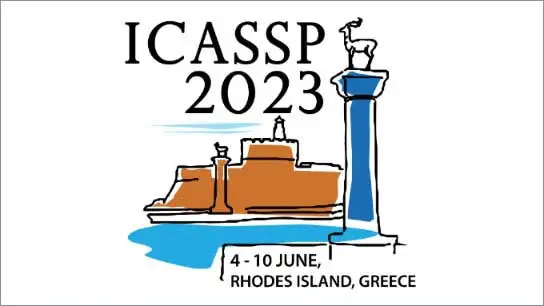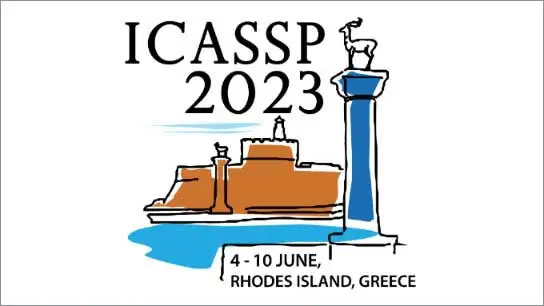A Mathematical Model for Neuronal Activity and Brain Information Processing Capacity
Yu Zheng (Michigan State University); David Zhu (Michigan State University); Jian Ren (Michigan State University); Taosheng Liu (Michigan State University); Karl Friston (University College London); Tongtong Li (Michigan State University)
-
Members: FreeSPS
IEEE Members: $11.00
Non-members: $15.00
06 Jun 2023
Neurophysiological measurements suggest that human information processing is evinced by neuronal activity. However, the quantitative relationship between the activity of a brain region and its information processing capacity remains unclear. In this paper, we introduce an information conservation law for regional brain activation, and establish a mathematical model to quantify the relationship between the information processing capacity, input storage capacity, the arrival rate of exogenous information, and the neuronal activity of a brain region---referred to as the brain information processing capacity (IPC) model. We apply the IPC model to event related fMRI data from a flanker test, designed to determine age-related differences in brain activation. Our analysis demonstrates the predictive validity of the model in terms of providing accurate account of fMRI responses, and shows that for a given cognitive task, higher information processing capacity leads to lower neuronal activity level and faster response. Relying solely on the information conservation law, the IPC model provides a framework for modeling distributed neuronal processing—and can be applied to different data types and scales: i.e., single neurons, brain regions, and networks.



